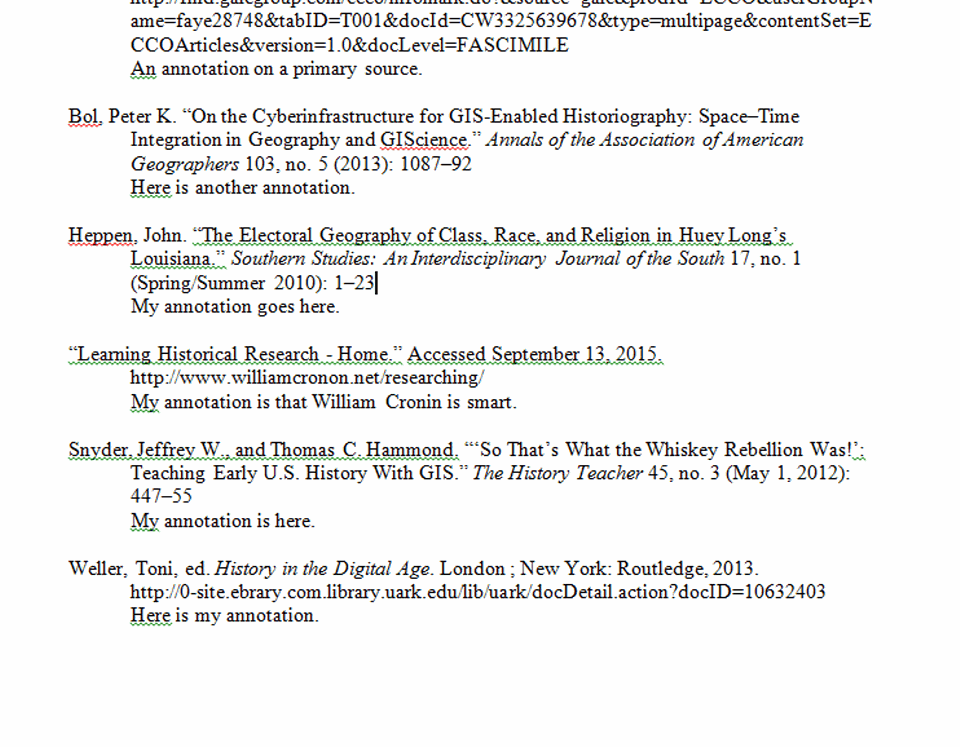New with Zotero 6!
With the New Zotero PDF Viewer you can highlight and annotate PDFs right in your Zotero application.
PDFs open in a new Zotero viewer tab, unless you choose in your preferences to keep Adobe as your default viewer.
Read more at the Zotero support page:
Zotero supports annotated bibliographies or abstracts in 3 styles
To use these styles, you must first download them from the Zotero Style Repository. Click the links to install.

Gather the references into a folder / collection and add annotations by using the Extra: field.

Right-click on the folder / collection name and choose Create a Bibliography from Collection.
You can also select specific items in a folder / collection to create a bibliography from with Create a Bibliography from Items.

Step 4: Select a Bibliography Format.
Choose Chicago or APA annotated styles (the styles you istalled in step 1). Be sure to choose the Bibliography output mode. For us in MS Word or other word processors, you will want to use the RTF output option.

Your bibliography should output with annotations.

To remove duplicate records, also called deduping, open your Zotero pane.
Next click on the entry or collection to the left named "Duplicate Items". This will display a listing of items Zotero believes to be duplicates.
You can select which version you would prefer to keep and the differences will be displayed beneath the listing of the different versions. This only selects the citation details, notes, PDFs, and other attachments will be retained in the merged record.
Once you've settled on a final version, click on the "Merge Items" button and Zotero will remove the duplicate references.
 Have the item in front of you and want to add it to your Zotero library without having to search for a citation?
Have the item in front of you and want to add it to your Zotero library without having to search for a citation?
If you have an ISBN, an online article's DOI or PMID number, just click the magic wand button: "Add item by identifier." Type in the book or article's number, and Zotero will automatically download its information and save it to your library.
By default, Zotero automatically brings in subject headings and keywords on books and articles harvested from your web browser as tags.
Because these tags come from many, many different systems, the number of tags can become overwhelming in a large library and make it difficult to see any tags you created yourself.
If you would prefer not to see the tags added with web imports, you can click the colors in the tag manager and then uncheck Show Automatic Tags. The tags will still be present in your library and searchable but will not display.

If you prefer that automatic tags not be added to your library, go to Preferences > General tab and uncheck "Automatically tag items with keywords and subject headings."

You can right-click single tags and delete them individually.
You can bulk-delete all automatic tags by right-clicking the tag manager box.
For more sophisticated options when handling tags, consider the Zutilo add on for Zotero.